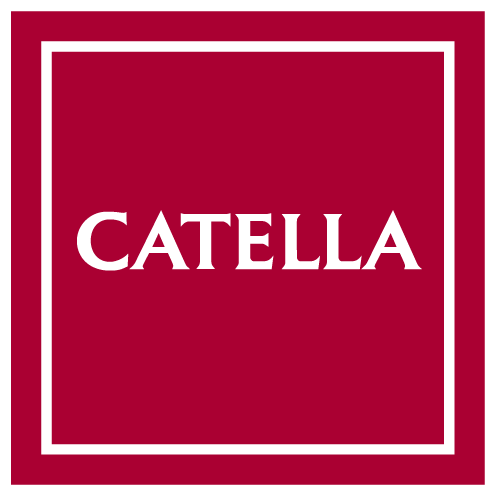It was always my feeling that hedge funds and family offi ces shared much of the same DNA, with their typical entrepreneur driven, bouti que setup, the desire for absolute returns over beati ng a benchmark and the dogmati c striving of capital preservati on.
Families and wealthy individuals were the initi al driving force behind the hedge fund industry. From the days of Alfred Winslow Jones, who started the first hedge fund in 1949, wealthy people, foundations and endowments were the industry’s primary investors. It is a fairly recent development that the hedge fund business became institutionalized seemingly existing to exclusively cater to the likes of massive multi -billion Dollar pension funds.
These families are pragmatic, risk averse and long term investors. They take calculated commercial risks in their businesses, sometimes with aggressive and bold moves. Once however the money is outside of the business, and on the family’s bank account, the rules of the game seem to change.
While ultimately families are patient investors with investment horizons often spreading across generations, there are flaws with their typical, longonly heavy investments, being at the mercy that markets will go up always and in all periods. Though they have historically over time, they may fail to do so for very long periods. The Nikkei peaked nearly 25 years ago and over that period was down roughly 60%. Another example is the S&P 500 topping out in 2000 and then not reaching a new all-time high for 13 years. Over a five-year bull market, long-only funds may likely outperform. But at least based on history, they have the potenti al to dramati cally underperform over cycles that include bear markets.
There is a clear need for such investors to diversify their portfolios and be less correlated, overall, to equity and fixed income markets. Family offices often have the size, skill and manoeuvrability to identify and allocate to some of the outstanding talent of hedge fund managers out there. The relatively short decision making, sticky money and less fee and liquidity sensitivity make them an interesting target group for managers struggling for big insti-tickets.
But family offices, too, are changing oft en driven by a hand-over between the generations. There may have been one patriarch who started the business in the old days and generated the initial wealth and calling the shots as long as he could. But as families grow to the second and the third generati on, there may be different views among the children, grandchildren and their spouses, and needs for active involvement to be met.
That handover process was also one driver of a big trend in family offices’ : a rise in socially responsible, and especially impact investing, intended to both earn a profit and have a positive social or environmental impact. Based on UBS and Campden Research survey data, 61 percent of family offices globally were either actively engaged or planned to be engaged in impact investing. One example, to highlight this is illustrated by the clan whose name has become metaphor for wealth: The Rockefeller family, which built its fortune on the oil industry, recently said it would no longer invest in fossil fuels.
One would like to think these two groups were a match made in heaven in perfect symbiosis.
We gathered some family offices and hedge fund managers to discuss just this.

